Sump Pump Buying Guide: 9 Factors to Consider Before Making Your Choice
How To Choose A Sump Pump Type
How To Determine HP And Pump Capacity Needed?
How To Choose A Sump Pump Float Switch Type?
How To Install A Sump Pump


A sump pump is an essential mechanical device designed to protect the home from the potential damages caused by flooding or water accumulation in the basement. Whether the home is in an area prone to heavy rains, a high water table, or already has an existing sump pump, investing in the right sump pump is a necessity to protect personal property, basement appliances and other belongings from water-related disasters and mold potential.
Choosing the ideal sump pump that suits your specific needs can be an over whelming task. With a variety of options available on the market, each boasting different features and capabilities, it is important to understand the key factors to consider before making your choice. This comprehensive sump pump buying guide will explain the essential aspects of a sump pump to help you select the best sump pump for your home.
Click the Table Of Contents button to Hide it. Click it again to see it.
No home owner wants to experience a flood because of a failed sump pump. All sump pumps will fail eventuall6y because they are mechanical devices. Our Sump Pump Buying Guide is designed to educate and increase your confidence so when it is time to purchase and install a new pump system, your home will have the best.
Before going into the specific sump pump features to consider when purchasing a sump pump, it is essential to grasp the basic concept of what a sump pump is and how it operates.<[p>
A sump pump is a mechanical device installed in a pit, known as a sump pit, typically located in the basement or crawl space of a house. Water flows into the pit through drain tile installed around the perimeter of the house. Its primary function is to pump out accumulated water from the pit to prevent its overflowing to keep the area dry. The amount and speed at which water enters the pit and how high the water must be pumped vertically all impact the horse power and pump performance needed when choosing a sump pump.
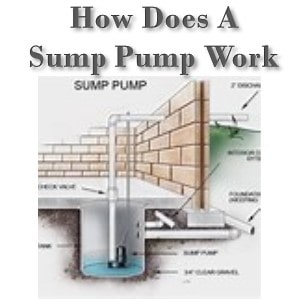
Just because your neighbor needs a one-half horse power sump pump does not mean your house needs the same. Choosing the right sump pump requires assessing your water pumping situation.
It is important to consider factors such as the volume of roof run off during rainstorms, the elevation of the land around the home and neighborhood, the amount of rainfall year round in the area that causes sump pump challenges, the water table level, and the types of water sources that potentially cause flooding in the basement or crawl space.
Just remember a house with a large steeply sloped roof at the bottom of a hill has more water pumping needs than a small flat roofed house at the top of a hill. Additionally, it is important to decide if a backup pump is needed to ensure sump pump functionality exists during power outages or main pump failure.
Generally a one-third horse power pump is sufficient for a house with a 1200 square foot footprint with fairly flat terrain.

You can choose to display or hide the main sump pump.
Submersible sump pumps are known as submersible because they sit in a pit submersed in water. A pedestal sump pump comprises a motor and switch that sits on top of a column pedestal and is not submersed in water.
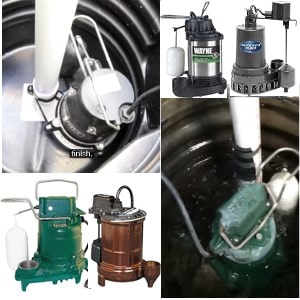
The submersible sump pump is more popular because it sits in the pit and the noise of the motor is absorbed somewhat within the walls of the pit and it is safer for families with children and pets. On the other hand, the pedestal sump pump is easier to service because its motor and switch are above the pit out of the water and easy to access.
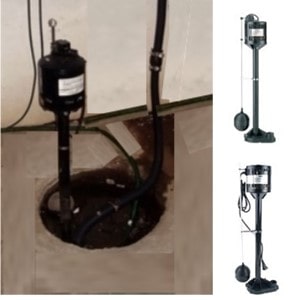
A sump pump depends on electricity for its power source. Backup pumps are used when electricity is not available. Backup sump pump power can be batteries or water. Battery backup sump pumps are more popular than water powered sump pumps; however water powered sump pumps are a great alternative for those who have city water and need less than 1800 GPH because water powered pumps run endlessly as long as there is city water. A combination sump pump includes both a primary submersible sump pump and a battery backup sump pump.
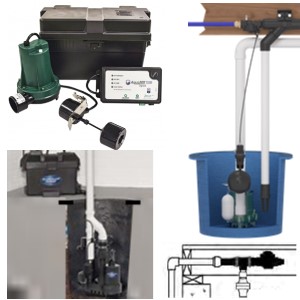
A Combo pump is a great sump pump type to use because it consists of two sump pump types: a primary pump that runs on electricity and a battery backup pump that runs on battery power. A combo pump provides protection if the primary pump fails or the electricity goes out. It comes pre-assembled as one unit with check valves and Wye connections. It is very easy to install.
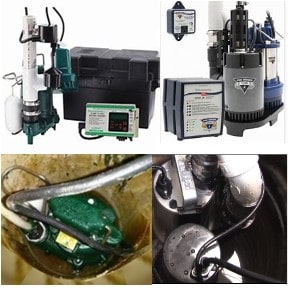
Consider horse power and pumping capability together. They do hand in hand.
Pumping power and pumping performance go hand in hand. The greater the horse power of the sump pump, the greater the pumping performance. Pump performance is measured in gallons per hour (GPH) or gallons per minute (GPM) pumped consistently at a specific vertical height.
A pumps pumping capability should be sufficient to handle the maximum water flow during heavy rains or floods. Adding ten percent additional capacity is a smart move based on increasingly heavy rainstorms these days. Similarly, a pumps power is expressed in horsepower (HP).
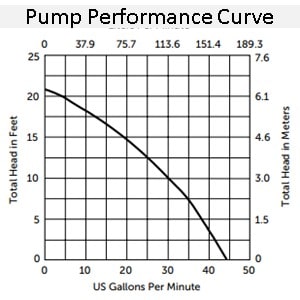
Horse power determines a pumps efficiency and how quickly it can remove water during pumping. Choosing a sump pump with an appropriate capacity and power ensures optimal performance when its needed most.
A word of caution is in order however; too much power causes motor short cycling and premature motor burn out. Not enough power causes pit over flow and flooding.
If your house already has a sump pump, discover how well your current pump keeps up with the water entering the pit. Here's how to do it.
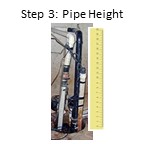
The float switch when closed provides power to the motor so is key to keeping the pump working properly.
The four most common types of switches used with sump pumps are 1) tether 2) vertical 3) diaphragm 4) electronic. These switch types do have differences.
Their differences impact the float switch in four ways 1) How they work 2) The amount of water pumped per cycle 3) The pit space required 4) Their life span.
How Float Switches Work
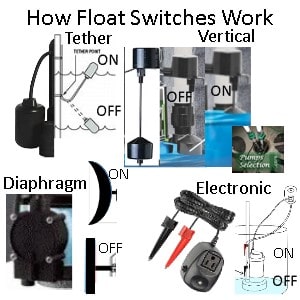
Amount Of Water Pumped Per Cycle
Pit Space Required
Life Span
Not all electronic switches have the same life span.
After doing a lot of research, we discovered an electronic switch that has an extremely long life span. We installed our HC6000 electronic switch in 2011 and it has not failed yet 12 years later.
The HC6000 electronic switch is an unbelievably reliable switch. Our electronic switch is used a lot. We live in a high water table area so our sump pump runs several times a day even when it does not rain. We like the fact that the ON OFF height is customizable. This allows us to use a heavy duty primary pump in the pit and set the distance between the ON OFF at nine inches to prevent the motor from short cycling and wearing pre maturely.
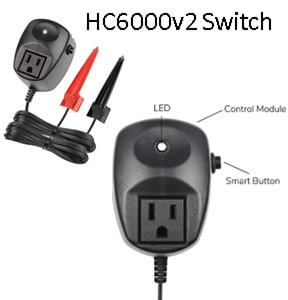
Since a sump pump deals with water, often in demanding conditions, it is vital to choose a model constructed from durable and corrosion-resistant materials. Pumps made from materials like cast iron and stainless steel offer better longevity and reliability, ensuring that your investment stands the test of time. Epoxy coating for cast iron pump housing retards corrosion. Cast iron adds weight so the pump remains more stationary during heavy continuous pumping and dissipates motor heat better. Thermoplastic traps heat and aluminum and zinc housing will not last as long. Stainless steel is stronger and will last longer than aluminum or zinc housing though it is not as heavy as cast iron.
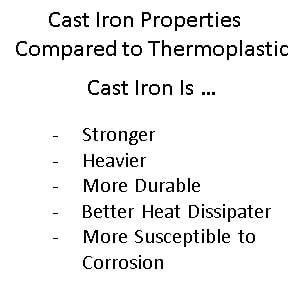
Some sump pump models require more maintenance. Look for a vortex impeller is debris exists in the pit.
Regular maintenance is essential to keeping a sump pump in top working condition. However some models require more maintenance than others.

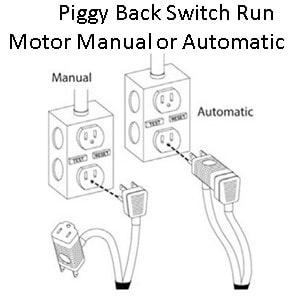
Consider models requiring low maintenance and straight forward cleaning.
A homeowner can install a sump pump. It's a matter of following instructions and watching a video to see it in action.
Choosing a model with user-friendly installation features and a picture friendly manual and online video instructions to ensure proper and easy setup for even an inexperienced home owner is wise.
Installing a sump pump is not as difficult as it may seem. It is a matter of reading the installation brand model manual, watching an installation video and choosing a day when no rain is in the forecast.
It doesn't matter which sump pump brand and model is installed, installation is basically the same.
Sump Pump Install: Basic Steps
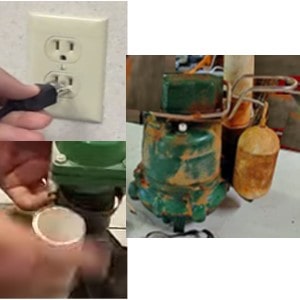
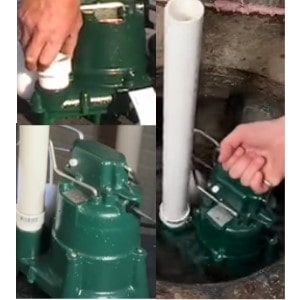
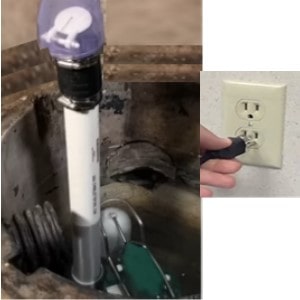
Easiest Sump Pump To Install
The easiest sump pump type to install is a combination sump pump. A combination sump pumps is two sump pumps preassembled together so there is only one discharge connection to make.
. Installing a submersible and battery backup sump pump separately in the same pit can be difficult because there is not enough room for two pumps or creating the right angle connection for both of them to use the main discharge pipe can be very challenging.
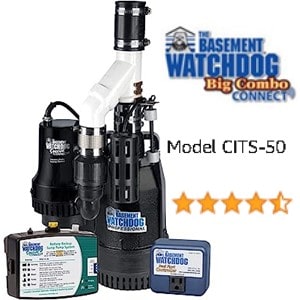
Buying a Combo pump saves a lot of time and frustration because the only connection to make is the vertical connection to the main discharge pipe. If one of the pumps used with the combination pump system fails, it is possible to buy just the pump that failed, remove the discharge pipe connecting the combo pump, removing it from the pit and loosening the connection for the failed pump and installing the new one in its place.
Watch how a professional plumber installs a Zoeller Sump Pump.
Watching is a great way to learn how to install a sump pump by yourself. It is not as difficult as you may think.
Some brands have a long reputation of being the plumbers choice and others are known because they were available in Big Box stores. Now all brands are readily available for purchase on the internet.
A sump pump is an investment of safety and protection for your home and belongings; therefore it is important to review a pump brands reputation and warranty.
Factors Establishing A Brands Reputation

Many sump pump brands import parts and assemble their sumps pumps in the USA or simply import their brand already assembled and market it in the USA. There are only a few brands like Zoeller and Liberty Pumps that manufacture, assemble and test their pumps in the USA before shipping them from the factory to a merchant.
The cost for a sump pump varies; however here are factors that influence the cost.
In conclusion, choosing the right sump pump for your home requires careful consideration of various factors, ranging from specific needs and pumping capacity requirements to a pumps construction material and brand reputation.
Take the time to assess your sump pump needs. Protect your home from potential unwanted water situations. A sump pump is a long term investment. An educated shopper is a smart shopper.
Shop Primary Submersible Sump Pumps
Learn More About Primary Sump Pumps By Brand.
HELPFUL RESOURCE LINKS TO COMPARE AND SHOP PUMPS
POPULAR BRANDS
BEST SELLERS
DETAILED PUMP REVIEWS
OTHER HELPFUL WEBSITES
OUR MISSION